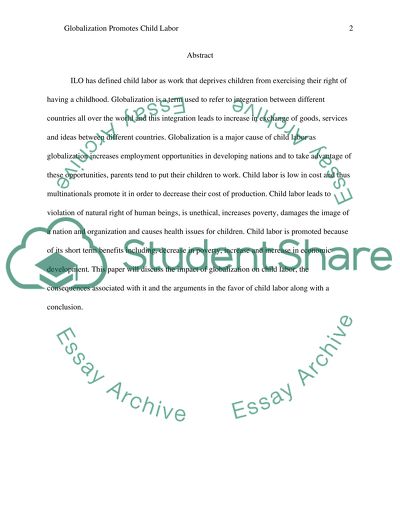Cite this document
(“Child Labour Result Of Globalization Research Paper”, n.d.)
Retrieved from https://studentshare.org/english/1476567-child-labour-result-of-globalization
Retrieved from https://studentshare.org/english/1476567-child-labour-result-of-globalization
(Child Labour Result Of Globalization Research Paper)
https://studentshare.org/english/1476567-child-labour-result-of-globalization.
https://studentshare.org/english/1476567-child-labour-result-of-globalization.
“Child Labour Result Of Globalization Research Paper”, n.d. https://studentshare.org/english/1476567-child-labour-result-of-globalization.


